Encounters with Chinese Architecture
Professor Ho Puay-peng of NUS is an architect by training. His signature architectural work is the HK$1.5b Tsz Shan Monastery in Hong Kong, commissioned by business magnate Lee Kah Shing. Interestingly, Prof Ho's father Ho Beng Hong was also an architect whose designs include several Chinese architecture-inspired modern buildings in Singapore. ThinkChina invited Prof Ho to reflect on how classical Chinese architecture has evolved and changed in contemporary times outside of China, through an exploration of his own works and those of his father.
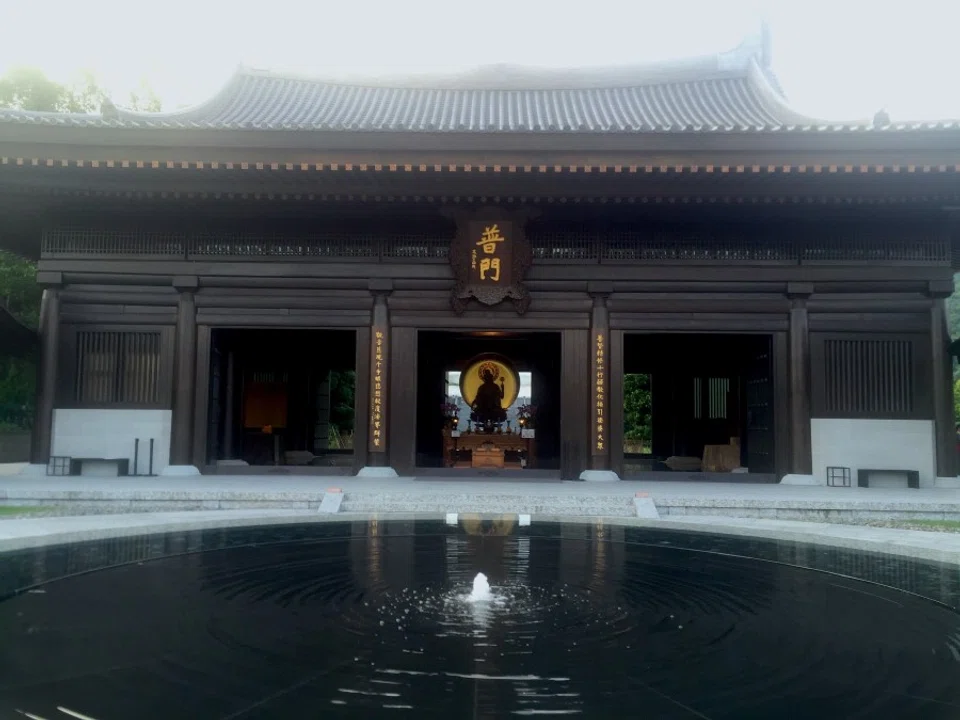
Any building can be a subject for appreciation and study, in addition to being functional. When we encounter historic buildings, we are prone to analyse the form of the building, rather than to understand its design intentions. This is certainly true in the study of historical architecture in Chinese culture. We study the Forbidden Palace as a representation of the highest achievement in imperial architecture, but seldom consider how the palatial buildings were perceived and used.
The study of Chinese architecture
Both in the West and in China, there is a long history of architecture study. Marcus Vitruvius Pollio (ca. 80-15 BCE) is said to have composed a treatise on the form and construction of Greek and Roman architecture in the first century BCE. Around the same time, there were speculations in China regarding what a mingtang (明堂) looked like in ancient times and its symbolic position in early polity.
However, the modern study of Chinese architecture only started at the beginning of the 1930s in China, with returning scholars such as Liang Sicheng (梁思成) and Lin Huiyin (林徽因), who were educated in the US, and Liu Dunzhen (刘敦桢), who studied in Tokyo. Their research was housed at the Society for the Study of Chinese Architecture (中国营造学社) and focused on two domains, the survey and analysis of historic buildings and the analysis of the textual evidence for works of architecture.
Under this scholarly organization, ancient rituals and historical texts were scrutinized for the types of buildings that might have existed in history and their visual characteristics. Extant buildings were examined, starting with those in Beiping (old Beijing) and then in Northern China. But essentially, the scholars were most interested in deciphering the text of Yingzao Fashi (营造法式), a construction and building survey manual put together in 1103, but only rediscovered in 1919. Parts of these scientific studies were published in the journal of the Society, which helped create a foundation and environment for the scientific studies of Chinese architecture.
Coincidentally, the research of the Society fit well with the needs of the time. The Nationalist government in Nanjing was actively constructing a national identity, promoted by the Chiang Kai-shek government in the form of the Capital Plan and the use of historical architectural style for government buildings. Thus, research and architectural design went hand-in-hand with an idealised alignment. For example, the design competition for the National Museum was won by University of Michigan graduate Su Gin Djih (徐敬直), who adopted the Qing dynasty style in his design. He was later advised by Liang Sicheng to change to the Liao dynasty style, which Liang viewed as a monumental style suited for the design of a national museum.
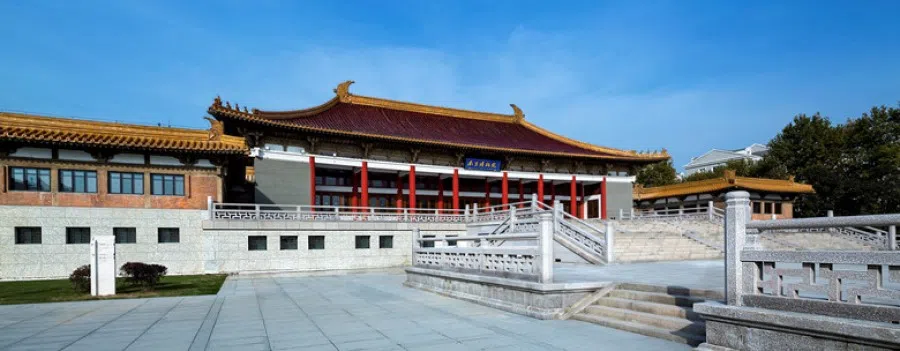
Ho Beng Hong at the Central University in China
With the outbreak of the Sino-Japanese war in 1937, the Society moved many times, finally settling in Li Zhuang (李庄), near Chongqing. Soon after, Liu Dunzhen joined the Central University(中央大学) as a professor and later head of the department of architecture. My father, Ho Beng Hong (何明煌 , 1918- 1986), had the opportunity to study Chinese architecture history and construction under Liu from 1943 to 1947.
From the class notes left by my father, it is apparent that by this time, Liu had developed a systematic historical narrative of Chinese architecture, after more than ten years of research. The basis of the narrative is formalism, or the search for understanding of the form of Chinese architecture through the ages.
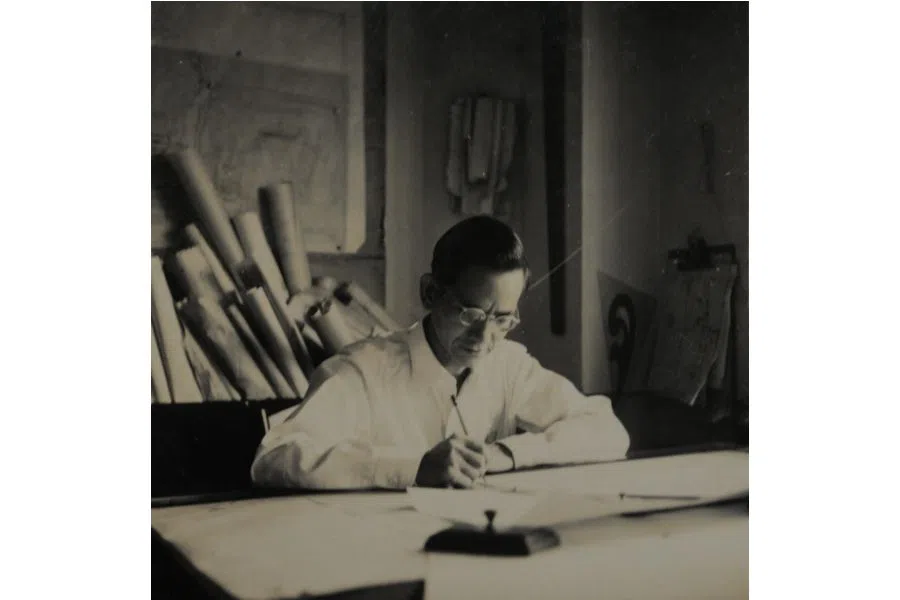
While there were in-depth investigations of several important extant buildings published in the journal of the Society for the Study of Chinese Architecture, such as the eastern main hall of the Fo Guang Temple (山西五台山佛光寺东大殿) in Shanxi, dating to CE 857, there was as yet no comprehensive history of Chinese architecture written in the 1930s. Thus Liu's notes can be taken as the earliest attempt at recording a general history of Chinese architecture.
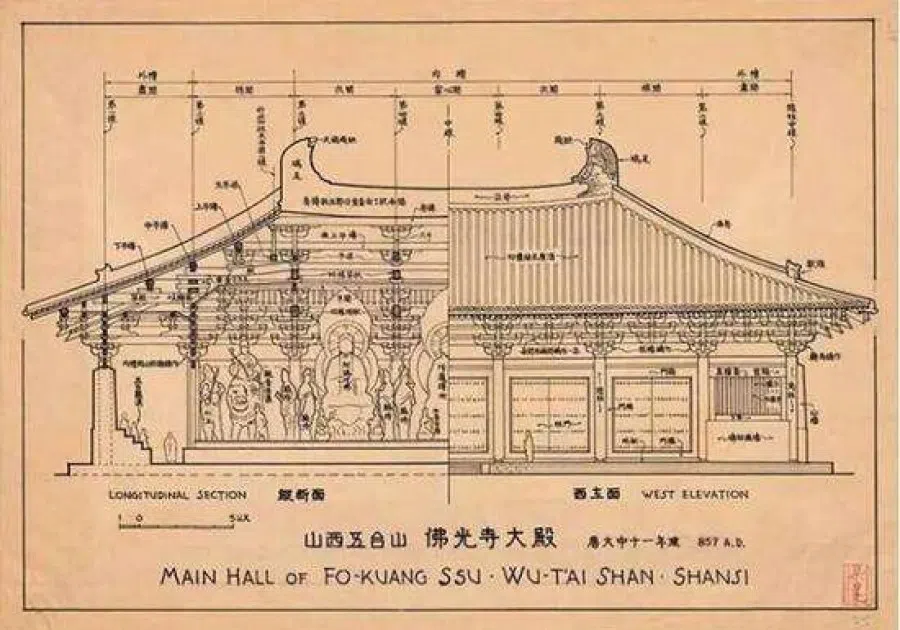
In architectural history, formalism's main concern is to understand a work of architecture as an object. It involves an analysis of the form of the building, together with its construction system and method, and focuses on the formal aspect of Chinese architecture. This approach led to a tendency to conform to ancient building traditions, particularly those of the Qing dynasty, when designing buildings in the national style in the 1930s.
Designing the Chinese Chamber of Commerce in Singapore
When Ho Beng Hong returned to Singapore in 1947, he worked as a teacher for a couple of years before joining an architectural office as a draughtsperson, since the registration board of architects in Singapore did not recognize degrees from China. However in the early 1960s, he was given a chance to design the new building for the Chinese Chamber of Commerce (SCCC), which was completed in 1964. The traditional form adopted for this building was drawn from the Qing dynasty, as is clearly evident in the double roof of the central pavilion above the 9-storey office block, which is reminiscent of Qing imperial architecture, and other similar elements. The composition of the tower block is centralized in form, like most of the adaptive architecture seen in China during the 1930s (some of which were designed by his teacher Liu).
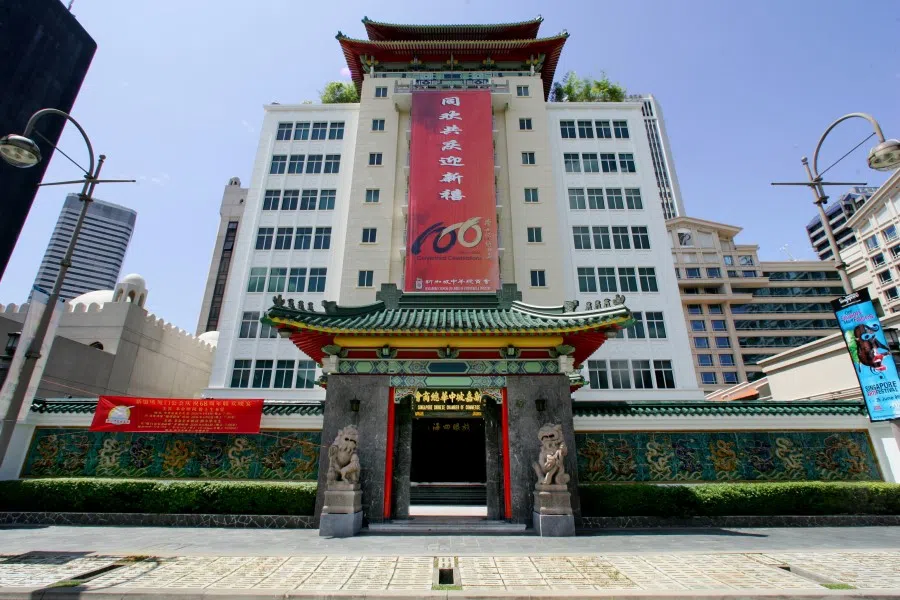
There are individual touches, such as the two sets of nine-dragon walls on either side of the main entrance or the yellow-coloured bird motifs at the side of the sets of brackets, but by and large, most elements are clearly referencing the decorative schema of Qing imperial architecture. The nine-dragon ceramic wall carvings were imported from Beijing and are the earliest nine-dragon walls built outside of China. In old China, these would have been placed facing the main entrance of the imperial palace or the prince's mansion. Bracket sets, or dougong (斗拱), used to support the eaves in traditional wooden architecture, signified status and dignity. The addition of the yellow birds as a contemporary decorative motif was likely intended to modernize the ancient style of the structure.
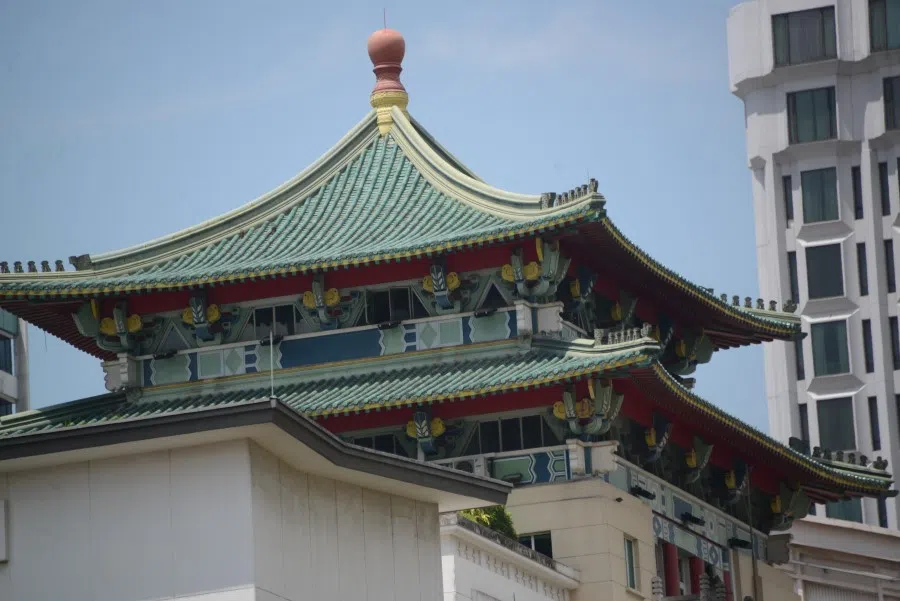
Creating meaning in modern Chinese architecture design
I did not have comprehensive training in traditional Chinese architecture. Most of my knowledge of the Chinese construction system was picked up on my own when I embarked on my PhD studies at the School of Oriental and African Studies, University of London. Instead of the formalist approach to Chinese architecture history, I was able to free myself to investigate the societal and cultural contexts in which these buildings were constructed and used. The meaning of Buddhist buildings from the Tang dynasty was my focus, and thus my source material was not extant buildings, since there are only a couple from the Tang period. Instead, I explored texts and wall paintings.
Take the Fo Guang Temple... I would consider who the patrons of the building might have been, in an effort to understand their aspirations for the building and the means they possessed for the construction of its form. What religious school did the monastery serve? What ritual patterns did they practice, and how did that influence the building's internal layout?
With limited sources, my reading of Tang dynasty architecture focuses not on the formal aspect of the building, but the social, cultural, and religious considerations. My fundamental line of questioning centers on why the buildings were built and how they were used or experienced.
Take the Fo Guang Temple main hall, for example. Apart from reading its form, I am more interested in why this building was built in 857 CE, twelve years after the end of a major persecution of Buddhists, during which most monasteries were destroyed. I would consider who the patrons of the building might have been, in an effort to understand their aspirations for the building and the means they possessed for the construction of its form. What religious school did the monastery serve? What ritual patterns did they practice, and how did that influence the building's internal layout?
Ultimately, my task is to reconstruct the experience of monks and laypersons who used the building. Based on the formal aspects of the main hall, I aim to understand the experience of the users who moved about in that space.
For the new Tsz Shan Monastery I helped design in Hong Kong, my aim was to create the same spatial experience for its visitors as those in traditional monasteries. In addition to the form, I was interested in creating meaning through the architecture that was related to religious formulations and patrons' aspirations, taking into account its relationship with the natural environment.

While the main hall of the Tsz Shan Monastery was modelled after the main hall of the Fo Guang Temple, we have omitted the bracket sets in the Hong Kong building, as it is constructed with a steel structure, thus rendering the brackets unnecessary for structural purposes. My father retained the bracket sets in his design of SCCC, despite the reinforced concrete construction which made the bracket sets unnecessary, and modernized them with contemporary elements. By contrast, I omitted the bracket sets to reflect the Tsz Shan Monastery's contemporary structure.
There is thus a subtle difference between my father's work and mine, possibly stemming from our different education, knowledge, and approaches to the study of Chinese architecture.

![[Big read] Paying for pleasure: Chinese women indulge in handsome male hosts](https://cassette.sphdigital.com.sg/image/thinkchina/c2cf352c4d2ed7e9531e3525a2bd965a52dc4e85ccc026bc16515baab02389ab)



